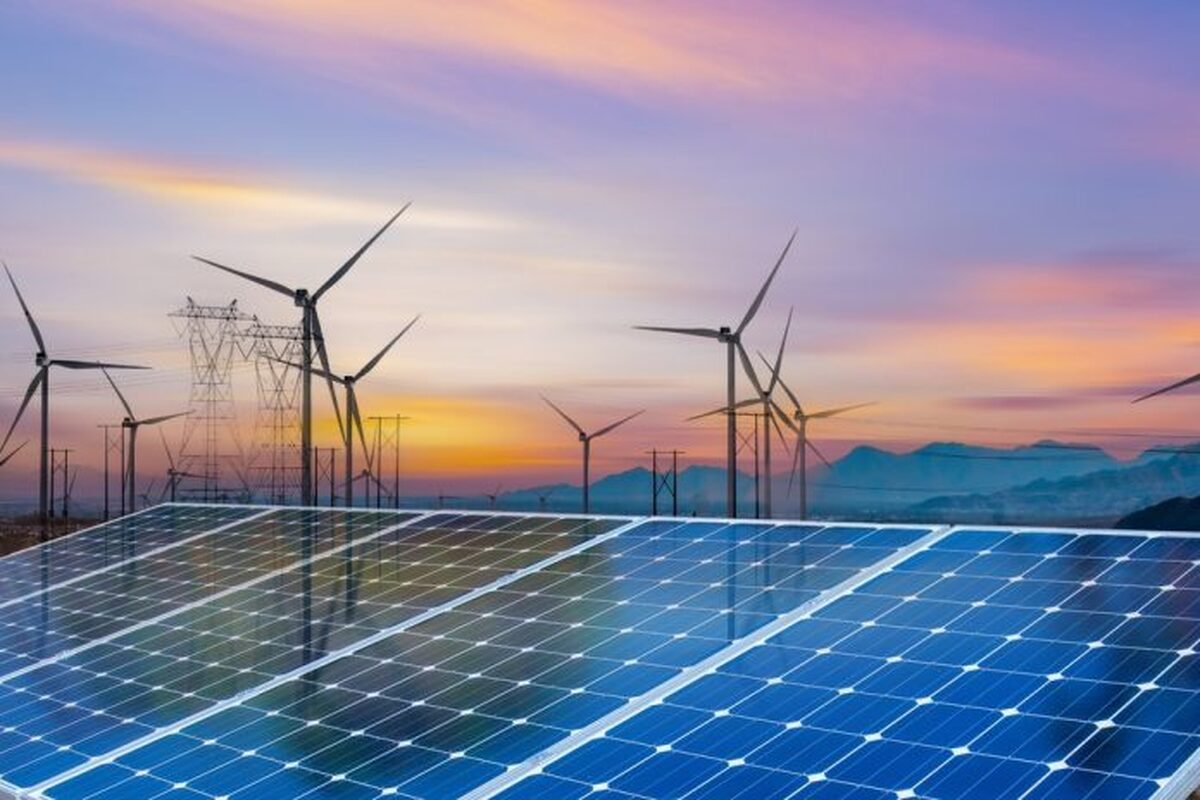IEA Report Highlights Uneven Global Progress in Clean Energy Deployment

While the deployment of clean energy technologies is on the rise worldwide, the report exposes significant variations across regions and technologies.
This uneven progress underscores the need for supportive policies to help countries accelerate their clean energy transitions.
According to the IEA’s Clean Energy Market Monitor, solar photovoltaics (PV) and electric vehicles (EVs) are leading the global clean energy surge.
Solar PV installation has seen substantial growth, with new capacity additions up by 36% compared to the same period last year.
In the United States, solar deployment surged by an impressive 80%. This growth is attributed to lower equipment costs and expanded manufacturing, which have made solar energy more accessible for both residential and commercial users.
Similarly, EV sales have seen a robust increase, growing by 25% globally. This trend is especially prominent in China, where EVs accounted for nearly 45% of all car sales in the first half of 2024, crossing 50% in recent months.
The report highlights that clean energy transitions are gaining momentum in emerging markets as well; EV sales in developing economies doubled compared to last year.
Despite these advancements, the IEA report highlights notable disparities among regions. Europe, for instance, has experienced setbacks in certain clean technologies.
Heat pump sales in Europe dropped by nearly 50% compared to the first half of 2023, while EV sales grew only modestly by 3%.
Germany’s reduced EV sales had a dampening effect on the overall growth rate in Europe despite stronger EV adoption in the United Kingdom, Belgium, and the Netherlands.
In contrast, India and China are making strides in solar PV capacity. India saw a 90% increase in solar PV installations, while China’s additions grew by over 30% during the first six months of 2024.
This growth is partly due to plummeting solar module prices in China, which have more than halved over the past year, making solar technology more affordable for households and businesses alike.
One positive trend identified in the IEA report is the decreasing cost of clean energy equipment, which is aiding faster deployment.
The Clean Energy Equipment Price Index, a quarterly tracker introduced by the IEA, shows that the first half of 2024 witnessed a 20% drop in solar PV prices, a nearly 10% decline in grid-scale battery storage prices, and a 5% decrease in wind turbine costs.
In China, the steep drop in solar module prices has been instrumental in accelerating solar PV installations, which in turn has led to cost savings for users.
Lower equipment costs also benefit the renewable electricity sector, enabling countries to build cleaner power systems.
However, the report notes that this price drop has impacted manufacturer profit margins, particularly in China’s solar PV sector. Meanwhile, China’s battery manufacturers reported stronger profit margins, reflecting resilience in that segment of the clean energy market.
The IEA’s Real-Time Electricity Tracker, another key feature of the report, reveals notable progress in reducing power sector emissions. This tracker estimates carbon dioxide (CO2) emissions from electricity generation in countries that collectively produce half of the world’s electricity.
According to the latest data, CO2 emissions in the power sectors of these countries were over 1% lower in 2024 compared to the previous year.
In the European Union, renewable energy accounted for nearly 50% of total electricity generation from January to October, marking a milestone in the region’s energy transition.
Coal and natural gas usage in the EU has dropped significantly, reaching a record low of 23% of total electricity generation, while wind and solar contributed approximately 30%.
The IEA’s latest findings underscore the potential for clean energy technologies to drive global decarbonisation.
However, they also highlight the urgent need for policy support to overcome challenges in certain regions and sectors. Investments in infrastructure, like EV charging networks and electricity grid upgrades, are crucial for sustaining growth.
With falling equipment prices and increased manufacturing capacity, countries have a golden opportunity to advance clean energy deployment and foster a more sustainable future.
4155/v





















